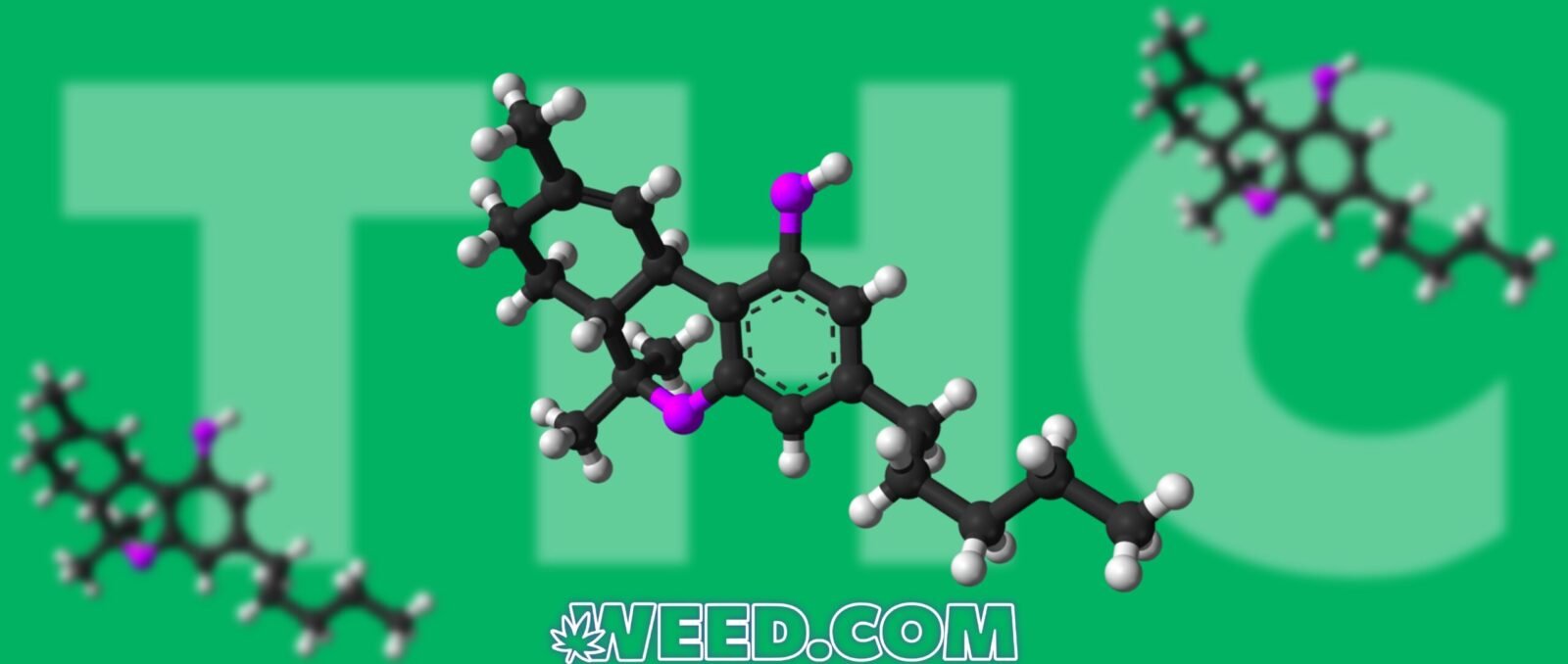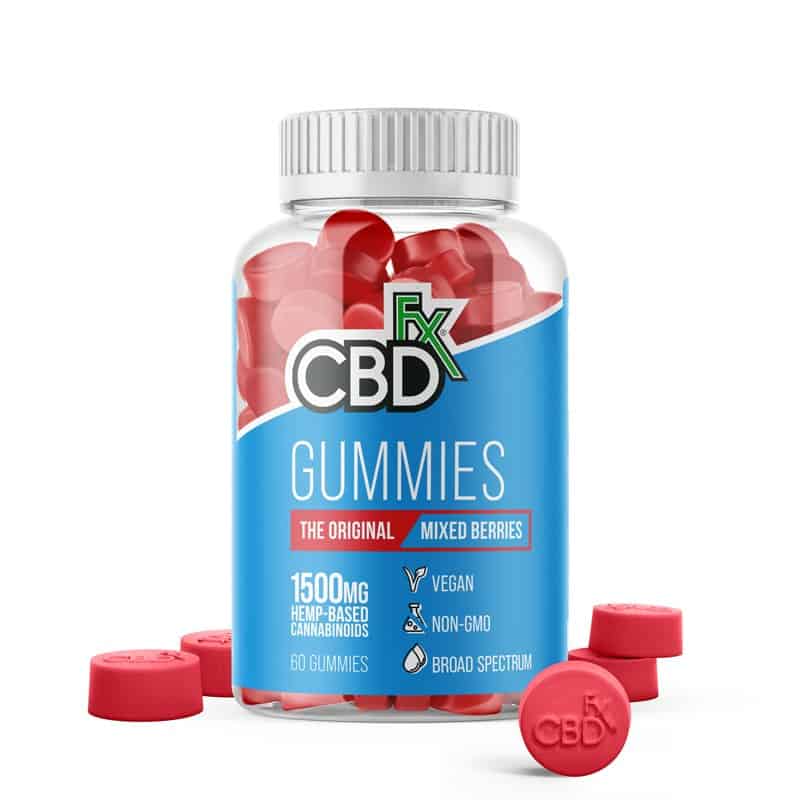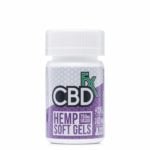
What is THC (Tetrahydrocannabinol)
In this article, we will explore the fascinating world of THC (Tetrahydrocannabinol), one of the most well-known cannabinoids found in the cannabis plant. We will delve into its chemical structure, effects on the body and mind, medical applications, legal status, and potential risks associated with its consumption.
This post is intended as information and for general knowledge only. It is not a substitute for medical advice, diagnosis, or treatment. It is recommended that you talk to a healthcare professional about this before introducing cannabinoids into your daily routine (especially if you have been diagnosed with any medical conditions or are under any medication). It is not recommended to drive or operate any machinery when using cannabis- or hemp-derived products. Use responsibly!
What is THC
Chemical composition of THC
At its core, THC is a chemical compound belonging to the cannabinoid family. Its full name, Tetrahydrocannabinol, is a mouthful that highlights its complex structure. Within the cannabis plant, THC primarily exists as delta-9 THC, one of its isomers.
Molecular structure and formula
The molecular formula of THC is C21H30O2, illustrating its 21 carbon atoms, 30 hydrogen atoms, and 2 oxygen atoms. This composition plays a pivotal role in its interaction with the human body.
Stereochemistry and isomers
THC exhibits stereoisomerism, with two main forms: delta-9 THC and delta-8 THC. Delta-9 THC is the primary psychoactive component, while delta-8 THC offers milder effects. THC-O, or THC acetate ester (THC-O-acetate), is another isomer that has gained attention recently for its potency.
Natural occurrence in the cannabis plant
THC is naturally produced in the trichomes of the cannabis plant. Trichomes are the tiny, resinous glands that cover the plant’s flowers and leaves, serving as a form of protection against herbivores.
THC concentration in various cannabis strains
The concentration of THC can vary significantly among different cannabis strains. Some hemp-derived cannabinoids, like CBD, have minimal THC content, making them non-psychoactive, while others, such as conventional delta-9 THC, contain higher levels that induce psychoactive effects.
Role in plant defense and evolution
THC is believed to have evolved as a defense mechanism for the cannabis plant, deterring herbivores with its psychoactive properties. This natural occurrence has intrigued humans for centuries, leading to the cultivation of cannabis for various purposes.
Distinction from other cannabinoids

THC stands out among the multitude of cannabinoids due to its unique psychoactive effects. While other cannabinoids like CBD, CBN, and THCA exist within the cannabis plant, they lack THC’s pronounced psychoactive properties.
Comparisons with CBD, CBN, and THCA
CBD (Cannabidiol), CBN (Cannabinol), and THCA (Tetrahydrocannabinolic acid) are other prominent cannabinoids in cannabis. Unlike THC, these compounds offer various therapeutic benefits without inducing the typical high associated with THC products.
Unique psychoactive properties
THC’s psychoactive effect is what sets it apart from other cannabinoids. When consumed, it interacts with the endocannabinoid system, resulting in altered perception, mood alteration, and relaxation.
How Does THC Work
Interaction with the endocannabinoid system
THC’s effects are largely attributed to its interaction with the endocannabinoid system (ECS), a complex network of receptors and neurotransmitters present throughout the body.
CB1 and CB2 receptors
THC primarily binds to CB1 receptors, which are concentrated in the brain and central nervous system. CB2 receptors, found in the peripheral nervous system and immune cells, are less affected by THC.
Endocannabinoids and their role
Endocannabinoids, such as anandamide and 2-arachidonoylglycerol, are naturally occurring compounds in the human body that interact with the ECS. THC mimics their effects.
Binding to CB1 and CB2 receptors
THC’s chemical structure allows it to bind to CB1 receptors, triggering a cascade of neurochemical reactions that result in its psychoactive effects.
Mechanism of action
Upon binding to CB1 receptors, THC inhibits the release of neurotransmitters, leading to the characteristic changes in perception and mood.
Effects on neurotransmitter release
THC’s influence on neurotransmitter release includes the modulation of dopamine, a key player in the brain’s reward system, contributing to the euphoria often associated with its consumption.
Neurological and psychoactive effects
The neurological effects of THC include altered perception, relaxation, and an enhanced sense of creativity. However, it can also lead to memory impairment and cognitive deficits, particularly in high doses.
The Effects of THC
Short-term physiological effects
The immediate physiological effects of THC consumption include an increase in heart rate and blood pressure. This can lead to the sensation of a rapid heartbeat, a common experience among cannabis users.
Dry mouth and red eyes
THC often causes a dry mouth sensation, colloquially known as “cottonmouth.” Additionally, it can dilate blood vessels, resulting in red and bloodshot eyes.
Appetite stimulation (“the munchies”)
One of the well-known effects of THC is its ability to stimulate appetite, colloquially referred to as “the munchies.” This phenomenon has even been explored for its potential medical applications, particularly in cancer patients undergoing chemotherapy.
Short-term psychological effects
THC’s psychological effects are characterized by mood alteration, euphoria, and heightened sensory perception. However, these effects can vary depending on individual tolerance and the strain consumed.
Mood alteration and euphoria
THC’s interaction with the brain’s reward system can induce a sense of euphoria and heightened mood, making it a sought-after recreational substance.
Impaired coordination and motor skills
THC can impair coordination and motor skills, affecting an individual’s ability to perform tasks that require precision or concentration.
Long-term effects and potential risks
Prolonged and heavy THC use can lead to the development of tolerance, requiring larger doses to achieve the same effects. This heightened tolerance can contribute to dependence and withdrawal symptoms.
Development of tolerance
Tolerance to THC can develop over time, leading users to consume larger quantities to attain the desired psychoactive effect.
Dependence and withdrawal symptoms
THC addiction, as defined by the DSM-5 criteria for cannabis use disorder, can result in withdrawal symptoms when use is discontinued. These symptoms may include irritability, insomnia, and loss of appetite.
Cognitive and mental health implications
While cannabis use is not a direct cause of mentalhealth disorders, it can exacerbate pre-existing conditions, particularly in individuals predisposed to anxiety, depression, or psychosis.
Medical Uses of THC
Pain management
THC has garnered attention for its potential role in pain management, particularly for chronic pain conditions.
Chronic pain conditions
Patients suffering from chronic pain conditions, such as fibromyalgia or arthritis, have reported relief from THC-based treatments.
Neuropathic pain
Neuropathic pain, often challenging to treat, may respond positively to THC-based medications.
What is THC (Tetrahydrocannabinol)
THC has demonstrated its effectiveness in alleviating nausea and vomiting, making it a valuable tool for cancer patients undergoing chemotherapy.
Appetite stimulation in cancer patients
Cancer patients, who often experience a loss of appetite due to treatments, may benefit from THC’s appetite-stimulating properties.
THC-based medications
Several pharmaceutical products containing synthetic THC, such as Dronabinol and Nabilone, have been developed for medical use.
Sativex and Epidiolex
Sativex, a cannabis-based oral spray, is used to treat spasticity in multiple sclerosis patients. Epidiolex, on the other hand, is a CBD-based medication approved for rare forms of epilepsy.
THC and the Law
Legal status of THC worldwide
The legal status of THC varies significantly from country to country, with some nations strictly prohibiting its use, possession, and distribution.
Cannabis prohibition and decriminalization
Historically, many countries implemented strict cannabis prohibition, but in recent years, some have moved toward decriminalization or full legalization.
Medical cannabis programs
Several countries and states have established medical cannabis programs, allowing patients with specific medical conditions to access THC-based treatments.
Differences in regulations between states and countries
Within countries where cannabis is legal, there can be varying regulations at the state or regional level regarding possession, cultivation, and distribution.
Varying levels of THC allowed
Legal THC limits also vary, with some regions allowing only low THC content in cannabis products.
Possession, cultivation, and distribution laws
The laws surrounding possession, cultivation, and distribution of THC products can carry severe penalties in regions where cannabis remains illegal.
The impact of changing laws
The shifting legal landscape surrounding THC has had significant social and economic consequences. It has also prompted discussions about public health implications and the need for education and prevention programs.
Consumption Methods
Smoking and vaping
Two common methods of consuming THC are smoking and vaping, which provide rapid onset and better control over dosage. However, inhalation carries certain risks, including lung health concerns.
Edibles and tinctures
Edibles and tinctures offer a slower onset of effects but deliver prolonged and potent results. Dosing can be challenging, leading to the risk of overconsumption.
Topicals and patches
THC-infused topicals and patches are non-psychoactive and provide localized pain relief. Proper dosing considerations are essential when using these products.
Factors affecting individual tolerance
Individual tolerance to THC can vary significantly, depending on factors such as genetics, frequency of use, and consumption methods.
Strategies for responsible dosing
Responsible THC consumption involves understanding your personal tolerance, starting with low doses, and being aware of the potential for overconsumption.
Potential Risks and Side Effects
Addiction and dependence
THC carries a risk of addiction, as outlined in the DSM-5 criteria for cannabis use disorder. Treatment options are available for those seeking help to overcome dependence.
Impairment and driving
Driving under the influence of THC is illegal in many places and can result in DUI charges. Detection methods for THC impairment have become more advanced.
Safety concerns
THC use can raise safety concerns, particularly in situations requiring alertness and coordination, such as operating heavy machinery.
Mental health concerns
Individuals with pre-existing mental health conditions should exercise caution when using THC, as it can exacerbate anxiety, depression, or psychosis.
Cannabis and psychosis risk
There is ongoing research exploring the potential link between THC use and an increased risk of psychosis, particularly in vulnerable individuals.
Impact on anxiety and mood disorders
While THC can provide relief for some individuals with anxiety or mood disorders, it may worsen symptoms in others. Careful consideration is essential.
Overdose and toxicity
While rare, cases of THC overdose and toxicity have been reported, often associated with extreme and imprudent consumption.
Importance of education and prevention
To mitigate potential risks, education and prevention efforts should focus on responsible THC use, understanding personal limits, and recognizing the signs of problematic consumption.
THC vs CBD
Contrasting effects and properties
THC and CBD offer starkly contrasting effects and properties. While THC is psychoactive, CBD is not.
Psychoactivity vs non-psychoactivity
The primary distinction between THC and CBD lies in their psychoactive properties. THC induces a high, while CBD does not.
Anxiolytic vs anxiogenic effects
CBD is often praised for its anxiolytic (anxiety-reducing) effects, in contrast to THC, which can sometimes induce anxiety, especially in higher doses.
Combining THC and CBD
Some users combine THC and CBD to balance the psychoactive effects of THC with the calming properties of CBD, potentially reducing anxiety and paranoia.
Potential synergistic effects
Research suggests that THC and CBD may have synergistic effects when used together, potentially enhancing the therapeutic benefits of each.
Therapeutic applications of whole-plant cannabis
Whole-plant cannabis products that maintain the natural balance of THC and CBD offer a broader spectrum of potential therapeutic applications.
Research and Future Directions
Current scientific studies on THC
Ongoing scientific studies continue to explore THC’s effects on various medical conditions and its potential as a therapeutic agent.
Pain management trials
Numerous clinical trials are investigating the effectiveness of THC-based treatments for pain management, offering hope to individuals suffering from chronic pain.
Psychiatric research
Psychiatric research is delving into the impact of THC on mental health, aiming to provide a better understanding of its risks and benefits.
Emerging applications in medicine
THC’s potential in neuroprotection, epilepsy treatment, and multiple sclerosis management presents promising avenues for future medical applications.
Neuroprotective properties
THC’s neuroprotective properties have garnered interest in treating neurodegenerative diseases, such as Alzheimer’s and Parkinson’s.
Potential in the treatment of epilepsy and multiple sclerosis
Research on THC’s efficacy in treating epilepsy and multiple sclerosis continues to evolve, offering hope to patients seeking alternative therapies.
Areas for further research
Future research will likely focus on the long-term effects of THC on brain development, cannabis use during pregnancy, and the broader implications of cannabis legalization.
Conclusion
In summary, THC, or Tetrahydrocannabinol, is a remarkable chemical compound found in the cannabis plant, responsible for its psychoactive effects. Understanding its chemical structure, effects, and applications is crucial for responsible use and harm reduction. As knowledge and regulations surrounding THC continue to evolve, it’s essential to stay informed about this complex cannabinoid and its potential impact on our health and society. The future of cannabis research and policy promises exciting developments, offering hope for those seeking relief from various medical conditions while ensuring the safety and well-being of cannabis users worldwide.













